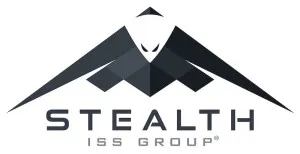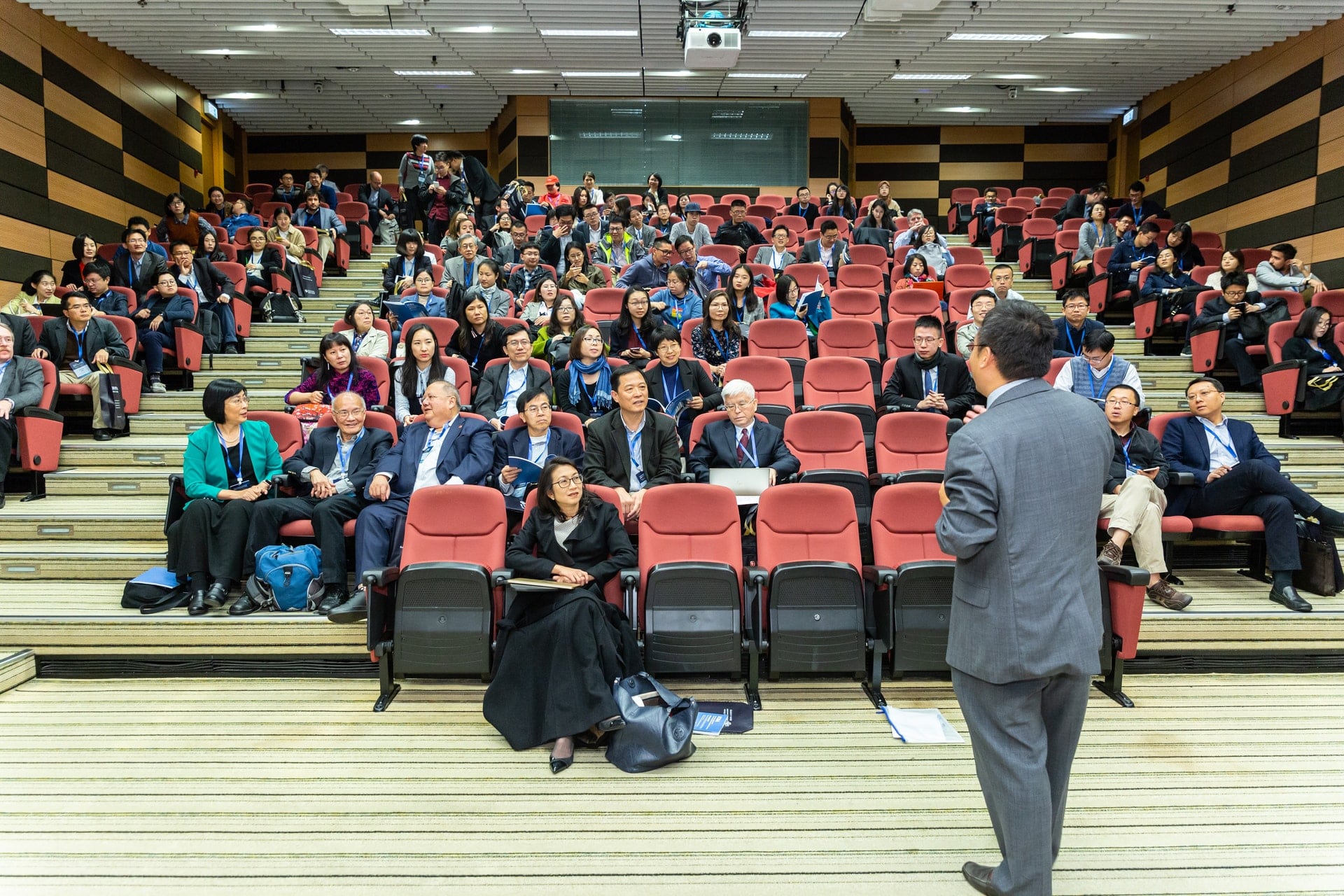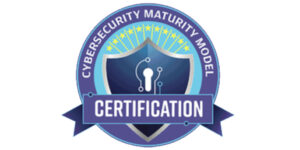On Sept. 11, 2001, the unthinkable in the Department of Defense (DoD) happened. Five terrorists using an American Airlines plane as a weapon attacked the military headquarters of the world’s sole superpower in an attempt to decapitate the most lethal military force on earth. The attack on the Pentagon cut one of two major trunk lines into the Pentagon; jeopardizing America’s command-and control system at the very moment the system was most critically needed. This incident called into question everything about how the military manages information. But not only military, but all companies that have been affected by this terror attack started to ask themselves, if they still should be using systems in hierarchical structures wired in series? Did every node in the system add value to the information, or was much of the information needed raw but immediately by warriors in the field and corporate headquarters? Could warriors in battle effectively marshal sufficient data to perform the mission in an age of interconnected forces that needed rapid targeting decisions and zero friendly fire? Could warriors at the edge of the spear make sense of the data they got? The answers were transformational: Net-centric (Cole, 2001).
Net-centric computing is described by Cole who defines it as “connected computing”. According to Cole, in the future computers will be used exclusively in the context of their connectivity. Cole goes on to make the point that net-centric computing is neither “communications” nor “networking” but is inclusive of both (Cole, 2001). A similar view is supported by Tilley who defines the underlying principle of net-centric computing as that of an intelligent distributed environment where applications and data are available on demand and instantly across multiple platforms (Tilley, 2001). Mission-critical tactical information management systems run increasingly often in net-centric environments that are characterized by thousands of platforms, sensors, decision nodes, and computers connected together to exchange information, support collaborative decision making, and effect changes in the physical environment. For example, the Global Information Grid (GIG) is designed to ensure that the right information gets to the right place at the right time, still meeting the quality of service (QoS) requirements, such as latency, jitter, throughput, dependability, and scalability. Tactical information management systems often have many applications per computing node, where the failure of one application should not degrade other applications. These applications often require point-to-multipoint communication mechanisms to distribute data from suppliers to multiple consumers. There are often multiple high-priority and low-priority data streams running in parallel, where the high-priority data must pre-empt low-priority data (Xiong, Parsons and Edmondson, 2004).
Up to this date the US military is the main implementer of net-centric technologies because real-time availability of information is of utmost importance. Information generated from multiple sources must be distributed and made available to ‘interested parties’ taking into account Quality of Service (QoS) offerings by information-producers and requests by information-consumers. Especially in real-time and mission-critical systems, getting ‘the right data at the right time at the right place’ is not a trivial task (Department of Defense Chief Information Officer, 2003). But in today’s days when technology and therefore information and knowledge management is playing a more and more important role in today’s business and educational society, many universities are considering the net-centric solution to enhance their services, education, interaction between students as well as offering a different and improved approach to elearning. This paper will analyze the advantages of a net-centric solution within an educational elearning system to enhance its existing information technology management degree programs, but at the same time this paper will show that net-centric solution within the elearning environment will not bring the desired effect as it does in the military because study material is not mission or life critical and therefore does not need to be delivered to students instantly. Also another reason being is that universities do not have strong cooperation and association ties that will justify a net-centric solution to enhance the study environment.
The rapid evolving internet technologies have reduced the concept of knowledge to information sharing, rapid exchange of messages and just-in-time delivery of missing pieces of information and many universities are offering elearning environments to their students allowing for fast and easy communication, discussion groups as well as information sharing and discussion forums, just to name a few. The main reason why educational institutions are looking into implementing more and more advanced solutions and net-centric solutions, is not only to provide a system that will function only as mere information systems in the classic sense of the word, but really as production support tools that help to create the added value the university is pursuing. Although over many years universities have used information systems for student registration, enrollment, exam administration and billing, universities realized that information technology needs to be considered as helping to attain business intelligence (e.g.: monitoring of student curricula, determination of the market position in the educational space, performance in academic output, etc.) (Barker, 2005).
The main argument why universities are considering net-centric systems is that there is a growing need to provide more flexibility in the students’ curriculum. Students need to be able to choose an individual course trajectory. This puts a strong burden on E-Courses, since they mostly are used in a blended learning context and often lack sufficient meta-data to be correctly assessed out of context. A solution here would be to organize resource management for course materials by working together with other universities on a new E-Learning platform, which will provide a knowledge portal including finished course material components, together with e-portfolio facilities for the students which could be used by student to choose between majors and selective courses (Elen, 2003).
In addition to that a net-centric solution could be used to integrate the existing library and knowledge management system with the elearning experience of the students by allowing them to research the elearning platforms of affiliated universities and exchanging information with fellow students and professors from other universities and therefore enhancing not only the learning process, but allowing for education discussion and communication which will foster new ideas and development within the student and professor community. This interwoven interaction between affiliate universities, different majors, students and professors will allow the students to obtain insight about their elearning courses from different perspectives and different approaches by being able to tap into the resources provided not only through instant communication, but also past research appears submitted by students as well as different cultural perspectives from universities across the globe.
By using the net-centric approach in universities and elearning the infrastructure and systems of different affiliated universities are is bound together with open standard protocols, enabling a modular design of the support resources throughout the university and association network. In this case certain aspects of the network can be handled by one university or department whereas other areas within the network, such as security can be handled by another institution and the workload as well as technical and human resources can therefore be distributed according available resources, know-how and specialty therefore providing a much better system at a faster pace and more efficient way. Choosing an open architecture, possibly combined with a groupware solution, the best of technology and knowledge can be combined to support the growth of knowledge and enhance the students learning experience, by having not only access to all sorts of multi media, but also being able to communicate instantly with classmates, professors not only within their university but across various institutions with the university association or network (Akeroyd, 2005).
Not only does this approach enhance the students learning experience, but also does it allow the universities to offer the same information to all students of the same courses in the whole of the association by using the portal roles and communities. In addition to that universities will have to view the business and marketing perspective of a net-centric solution and maximize it to their benefits. Since bachelor students are possible candidates of master programs. A net-centric portal interface and data –exchange between institutions offers many possibilities to provide the students personalized information throughout their curriculum (Elen, 2003).Universities can use this “profiling” of students to “design” custom made solution and act more aggressively on the students needs and wishes, which again will benefit the universities not only by improving their student retention numbers, but allowing the students to take their education into their own hands, therefore providing a much better learning experience and most likely higher loyalty to the institutions. All this will again bring the university as well as their affiliate universities a higher financial profit.
Although there are many advantages why universities should use the net-centric approach in the elearning environment, it certainly does not have as many advantages as ot has for the various government and especially military institutions and departments. The U.S. Department of Defense has developed the net-centric initiative because it enables the military to establish a global, Web-enabled environment that leverages existing and emerging technologies. Net-centricity makes it possible to move beyond traditional communities of interest such as command and control or intelligence, to full information exchange across the battlespace. It will provide real-time situational awareness across the battle chain, allowing users to control and tailor needed information. Users will be able to broadly search or set preferences and subscribe to military operations and intelligence information that support their mission (Stenbit, 2004).
The main purpose for net-centric solutions is to provide fast and accurate information, location-independent, universal access to information from a wide variety of sources running over a multitude of hardware/software platform and network deployments. For military purposes, this system is an orchestrated information environment that aggregates, filters, and prioritizes the delivery of information to work effectively under the restrictions of transient and enduring computing and communication resource constraints. The services can work together, can be produced by different vendors, can be produced and tested independently, and can be replaced without having to replace the entire system. This reduces information services to commodities and by doing so lowers costs, speeds acquisition, and allows vendors to distinguish themselves by offering superior services instead of watching another vendor charge the government recurring patch and upgrade costs on proprietary code (Croom, 2006).
A net-centric system which has the capability to establish appropriate organizational relationships across various platforms, enhance collaboration, provide adaptive, distributed, cooperative and collaborative decision-making and planning, share situational understanding and all that in a real-time environment where decision-making cannot be delayed because of life and death situations is appropriate and offers more advantages in a military environment than in the educational field. For the above stated reasons, it certainly will bring a different approach to the educational field, if net-centric solutions are applied in the elearning environment but at this point do not bring as many advantages as a net-centric system will wring in the military field. The educational system does not have the life/death need that will justify why students in a elearning environment will need to share information and access data instantaneously as the military requires. The current internet/intranet and groupware approach the universities use is sufficient and provides an appropriate level of data and knowledge management appropriate for students.
![]()
![]()





